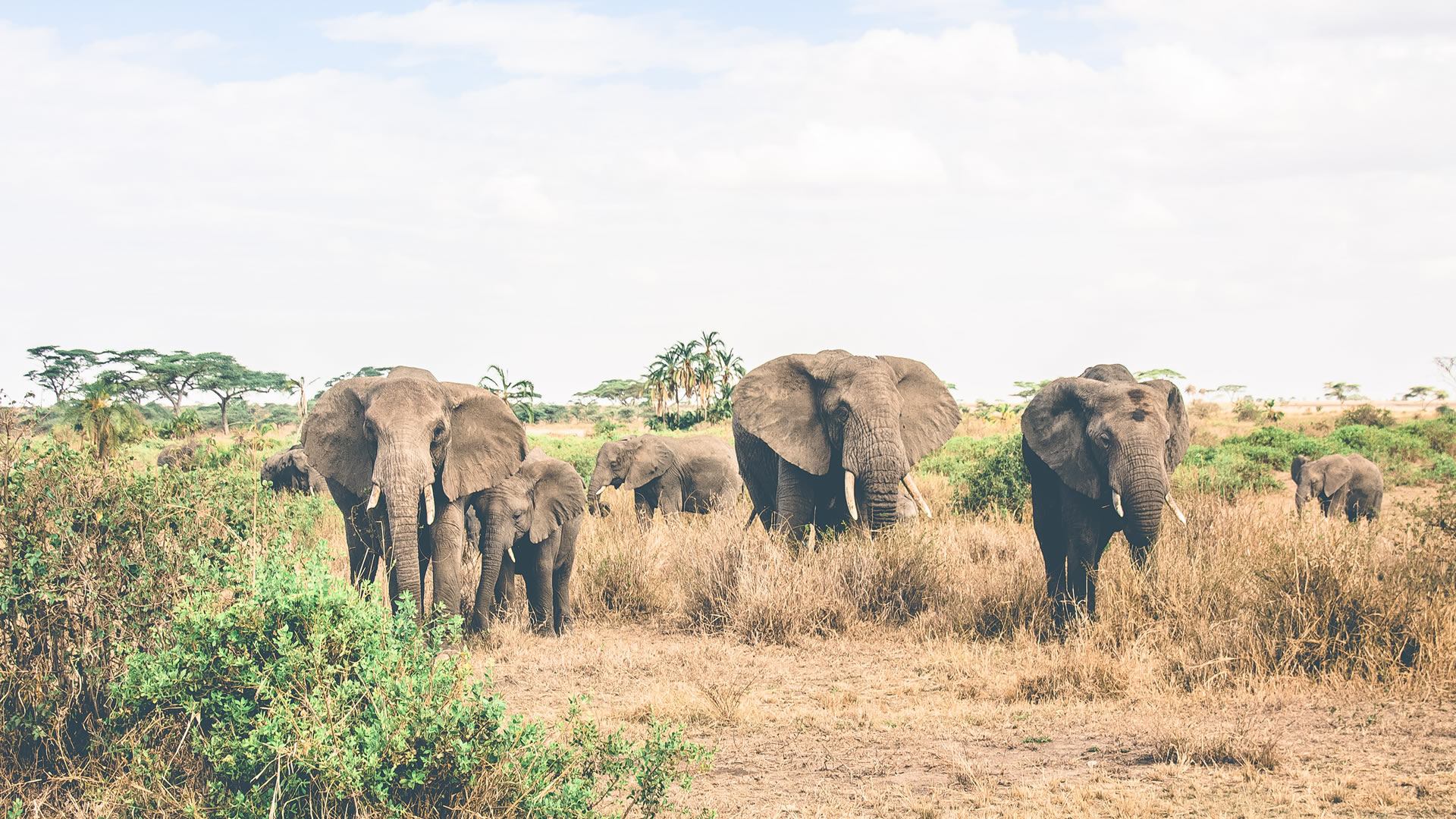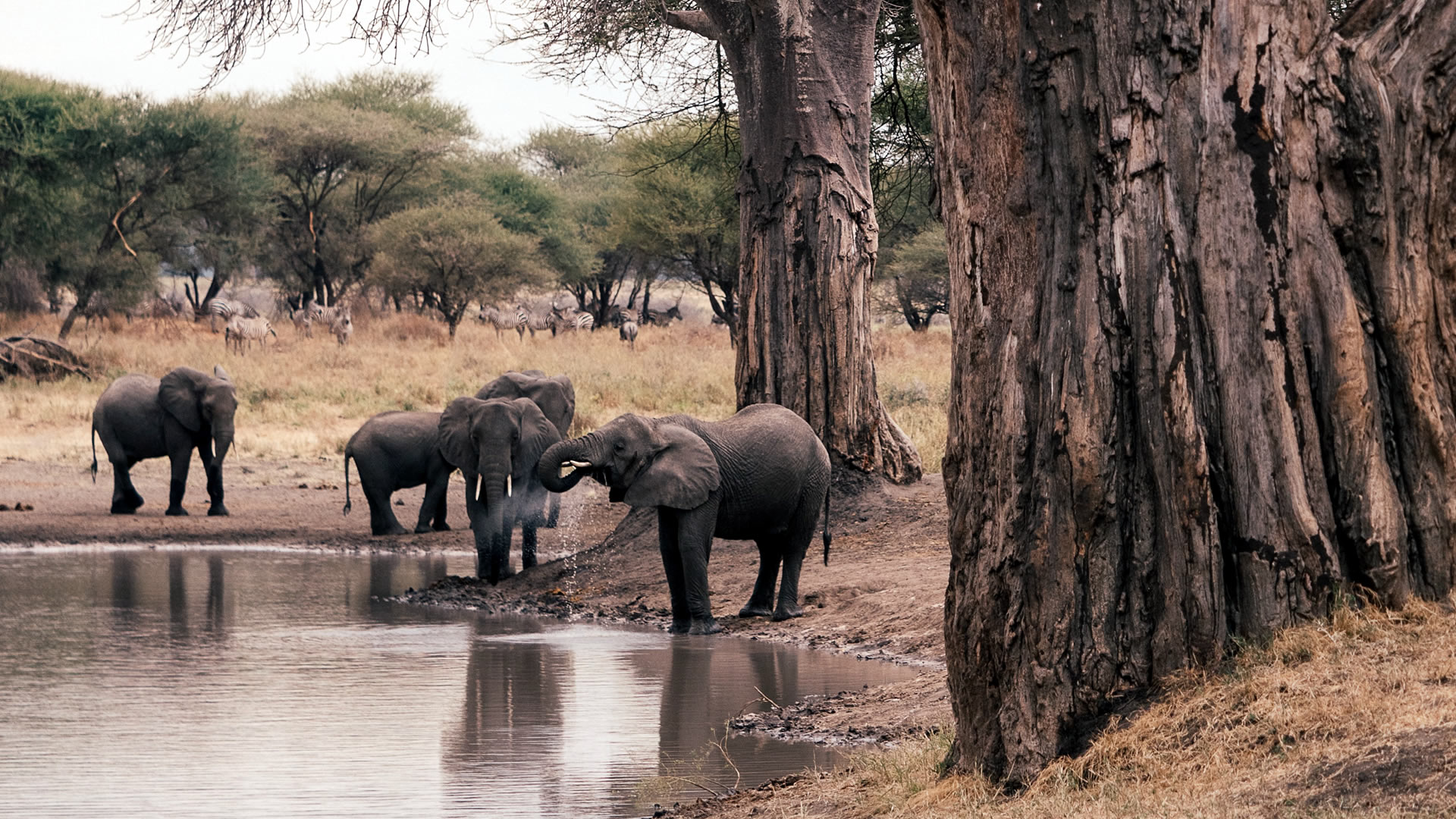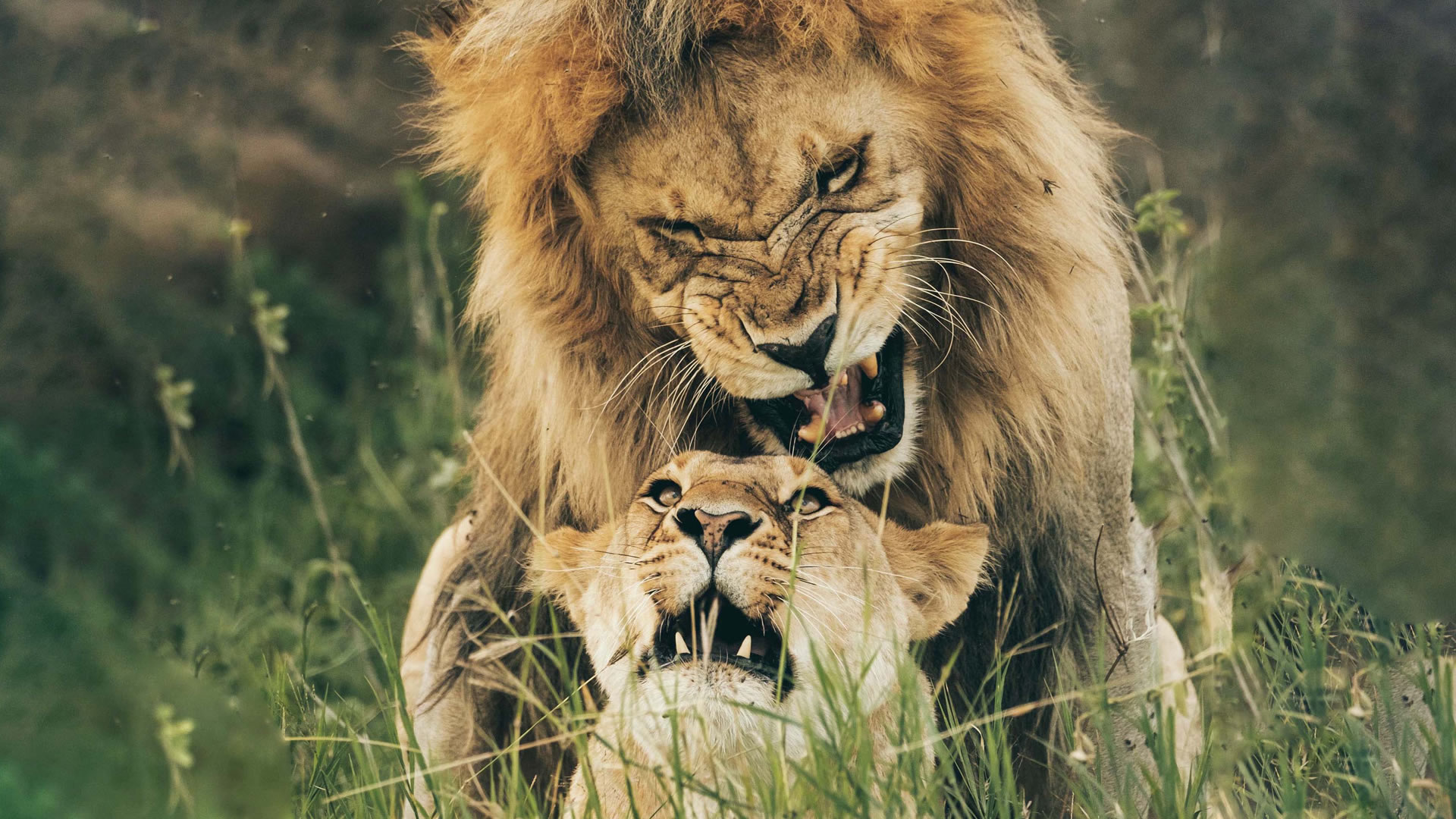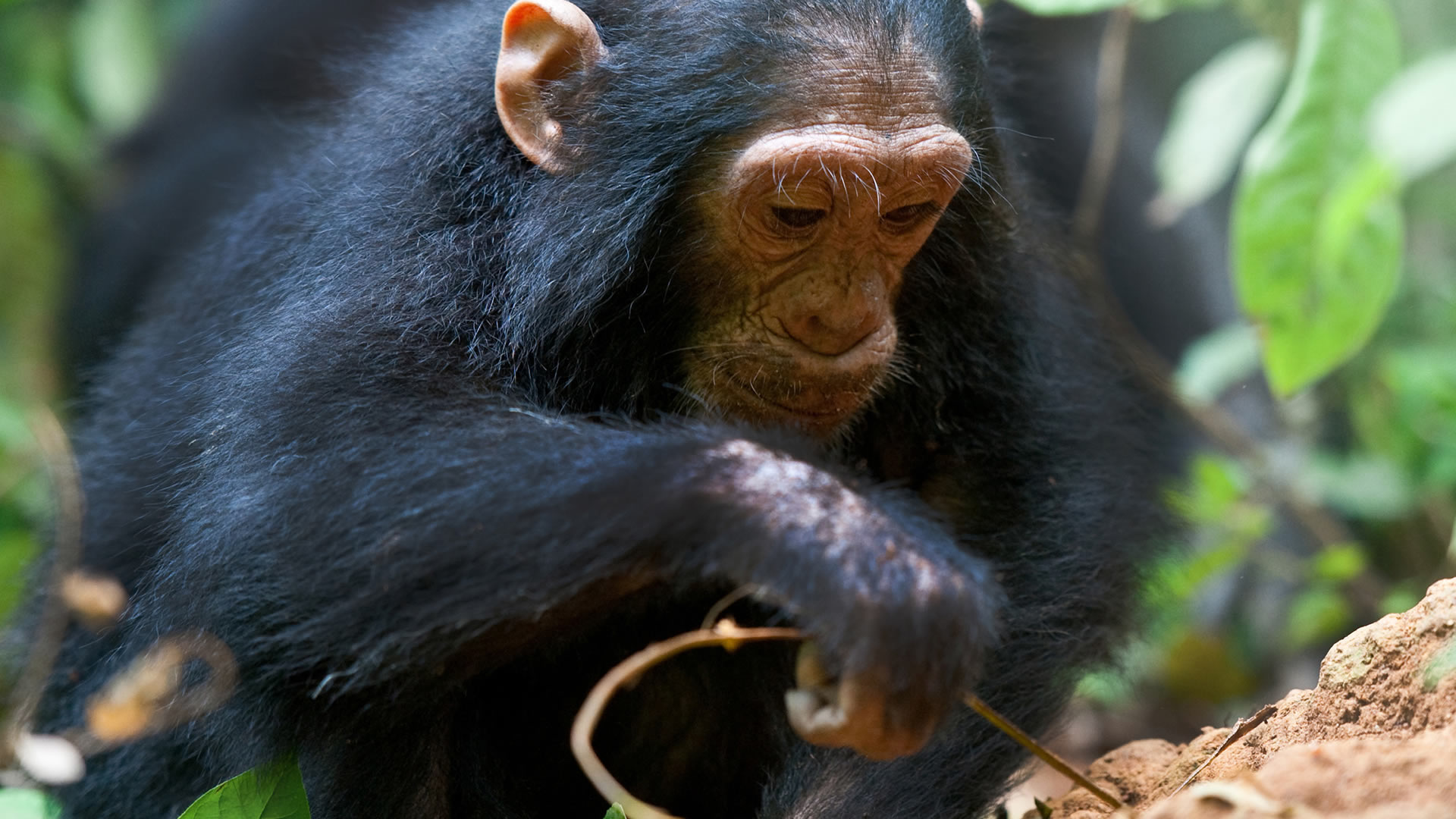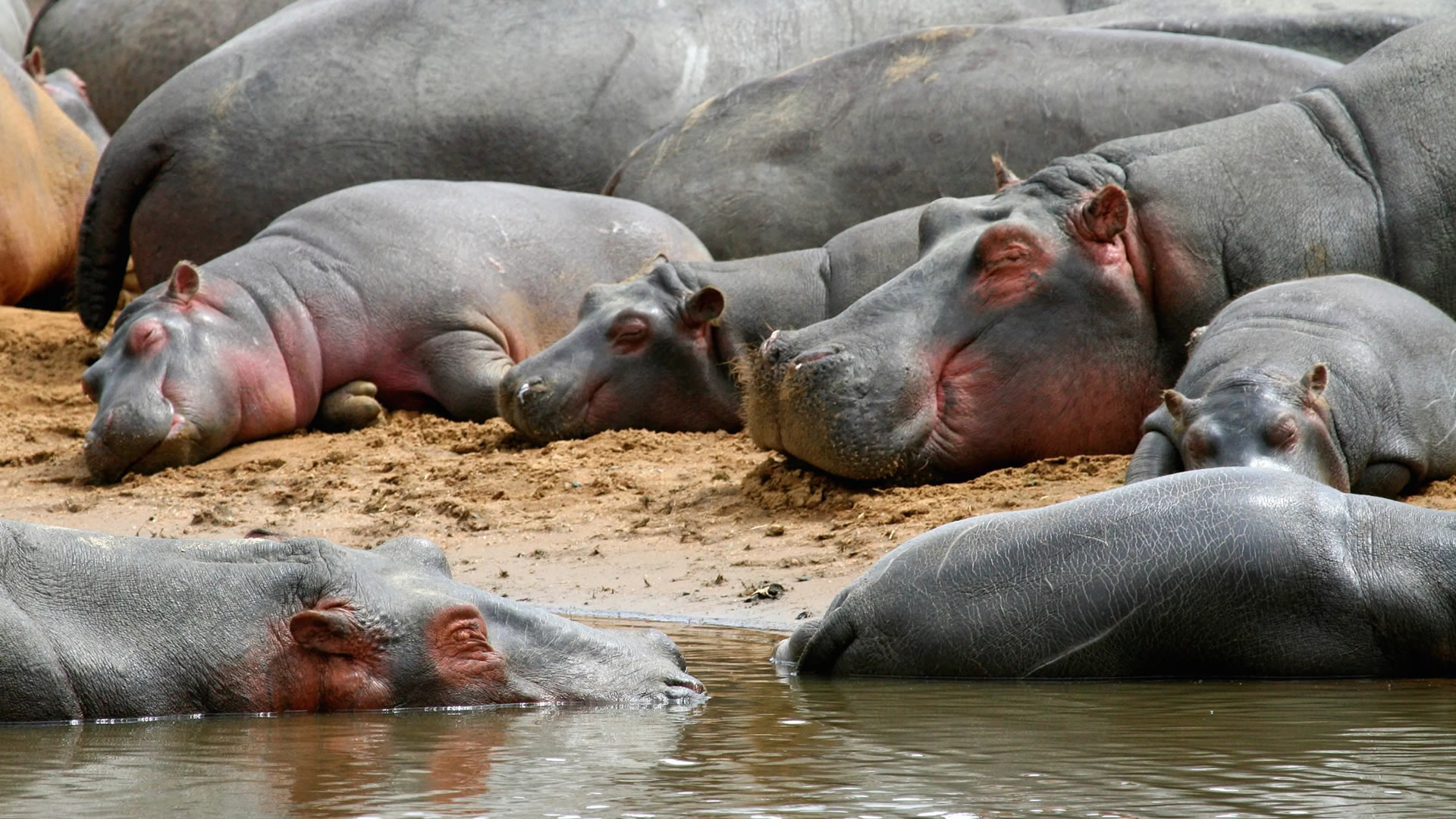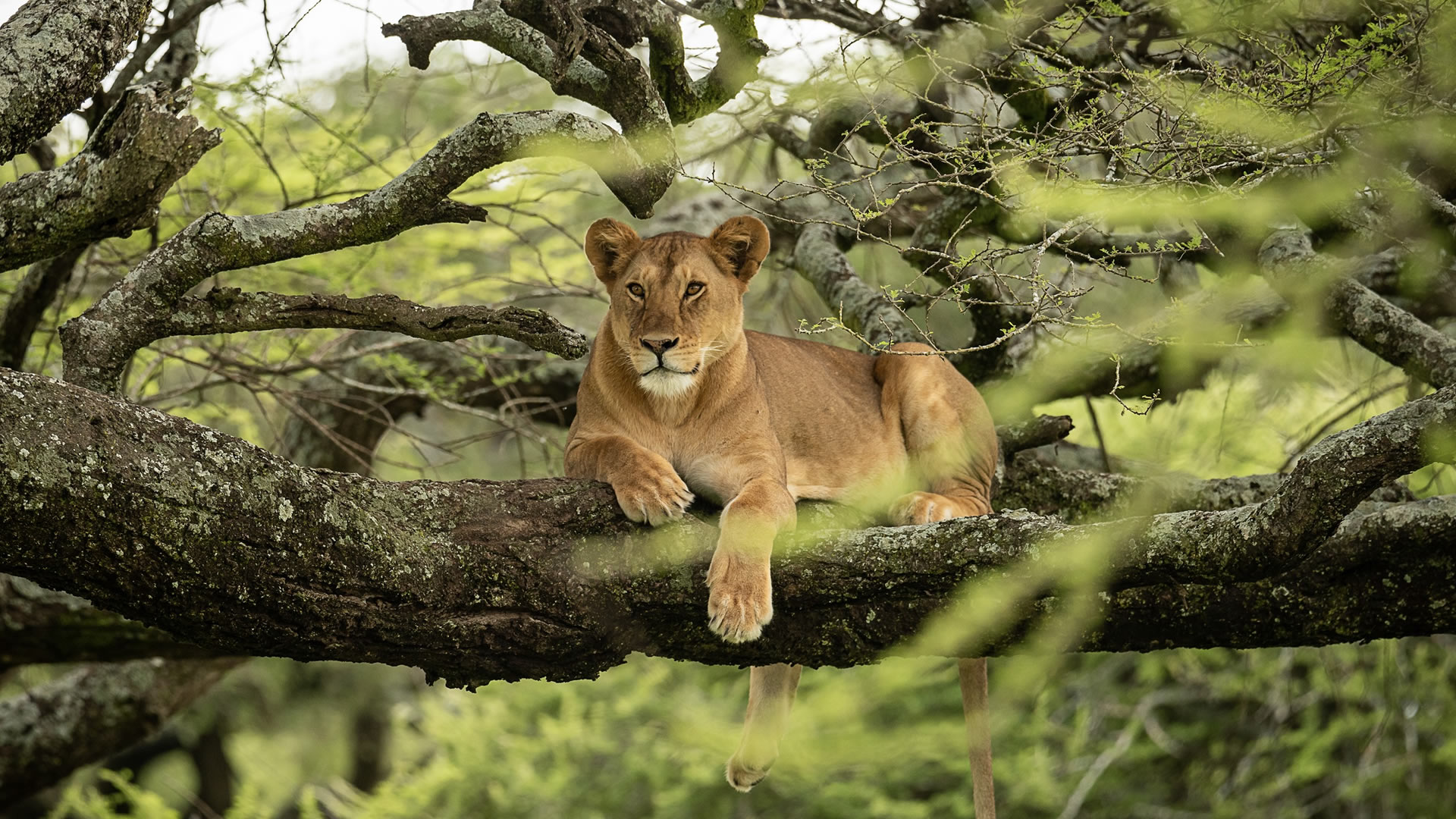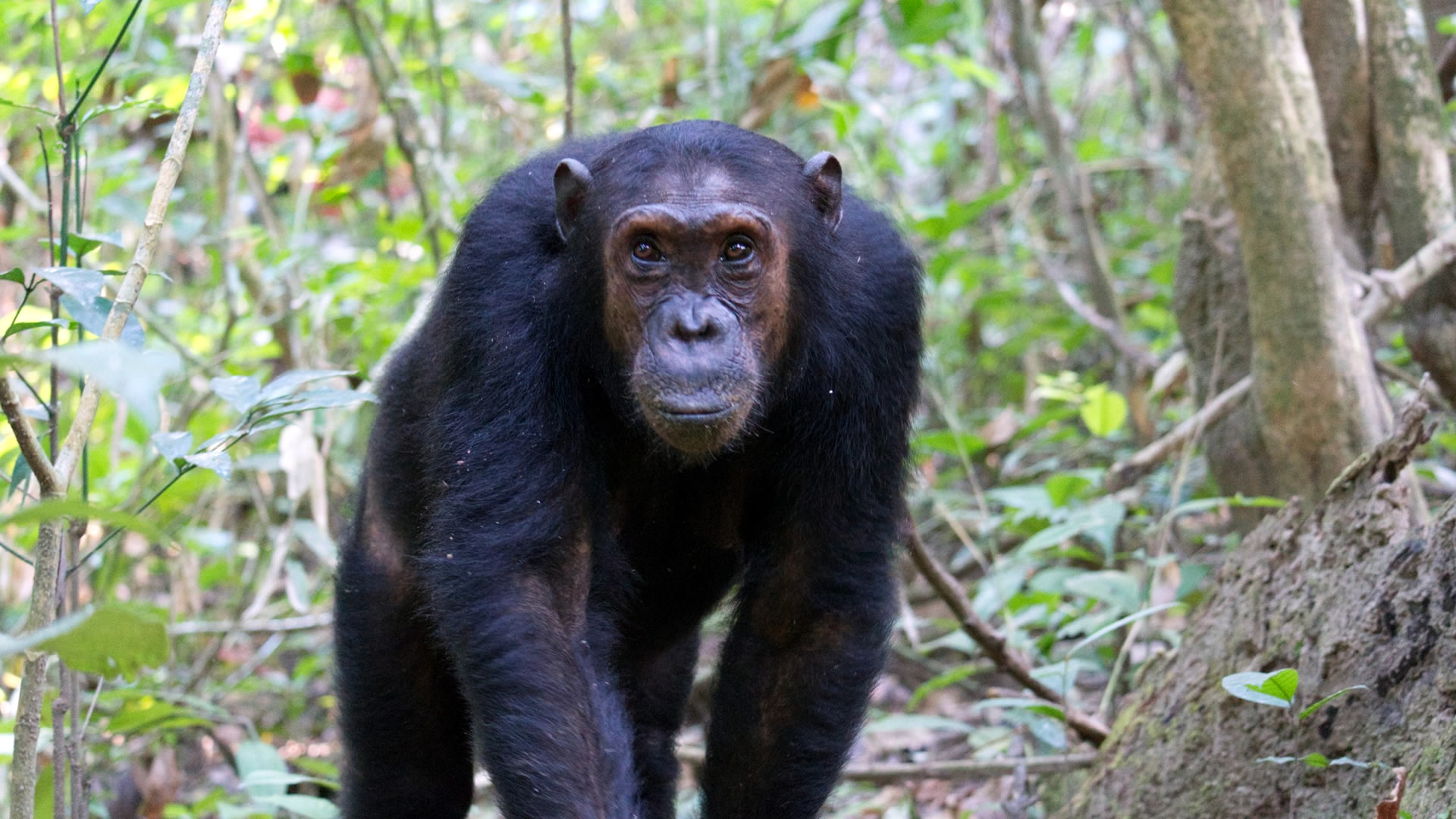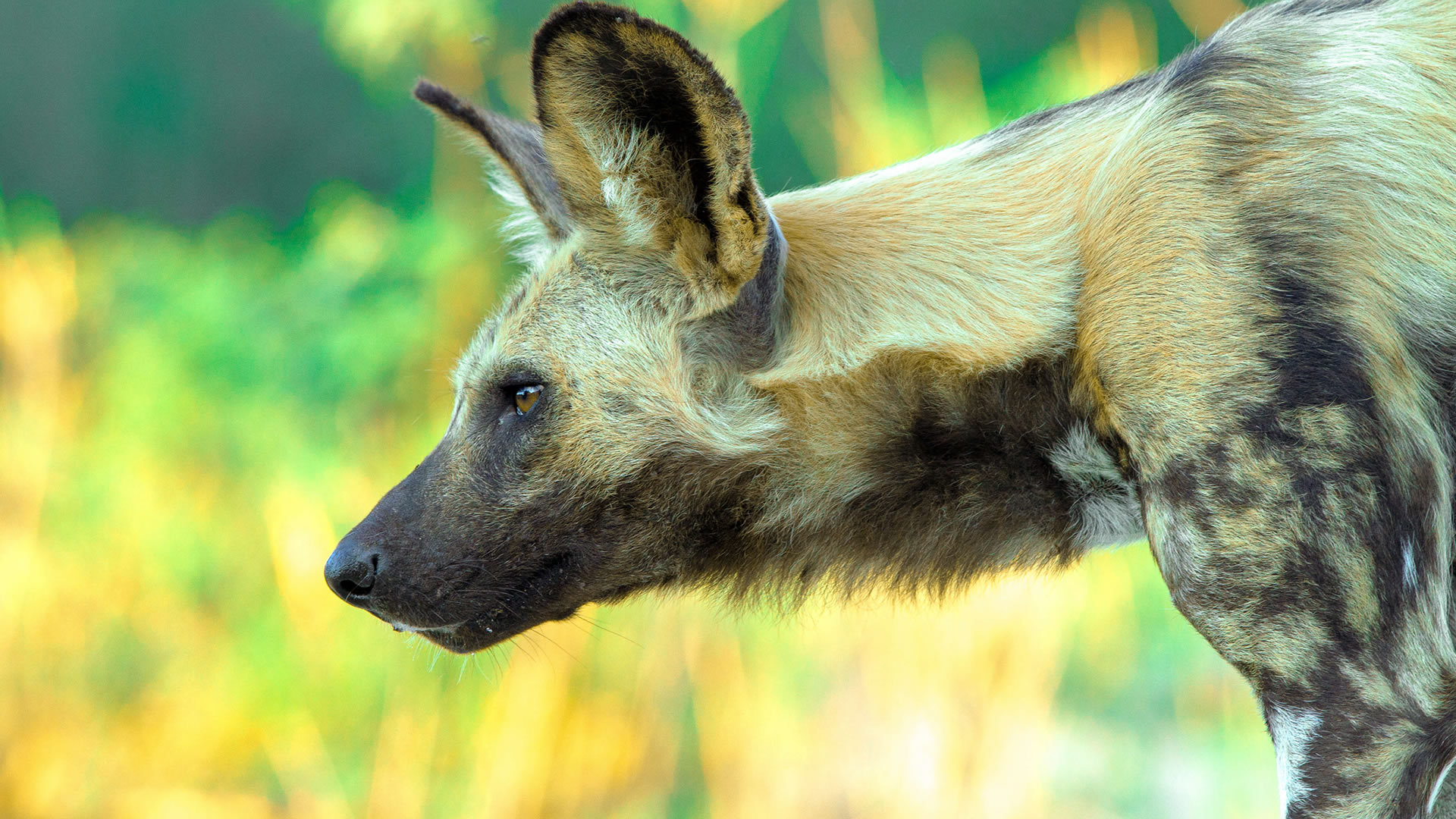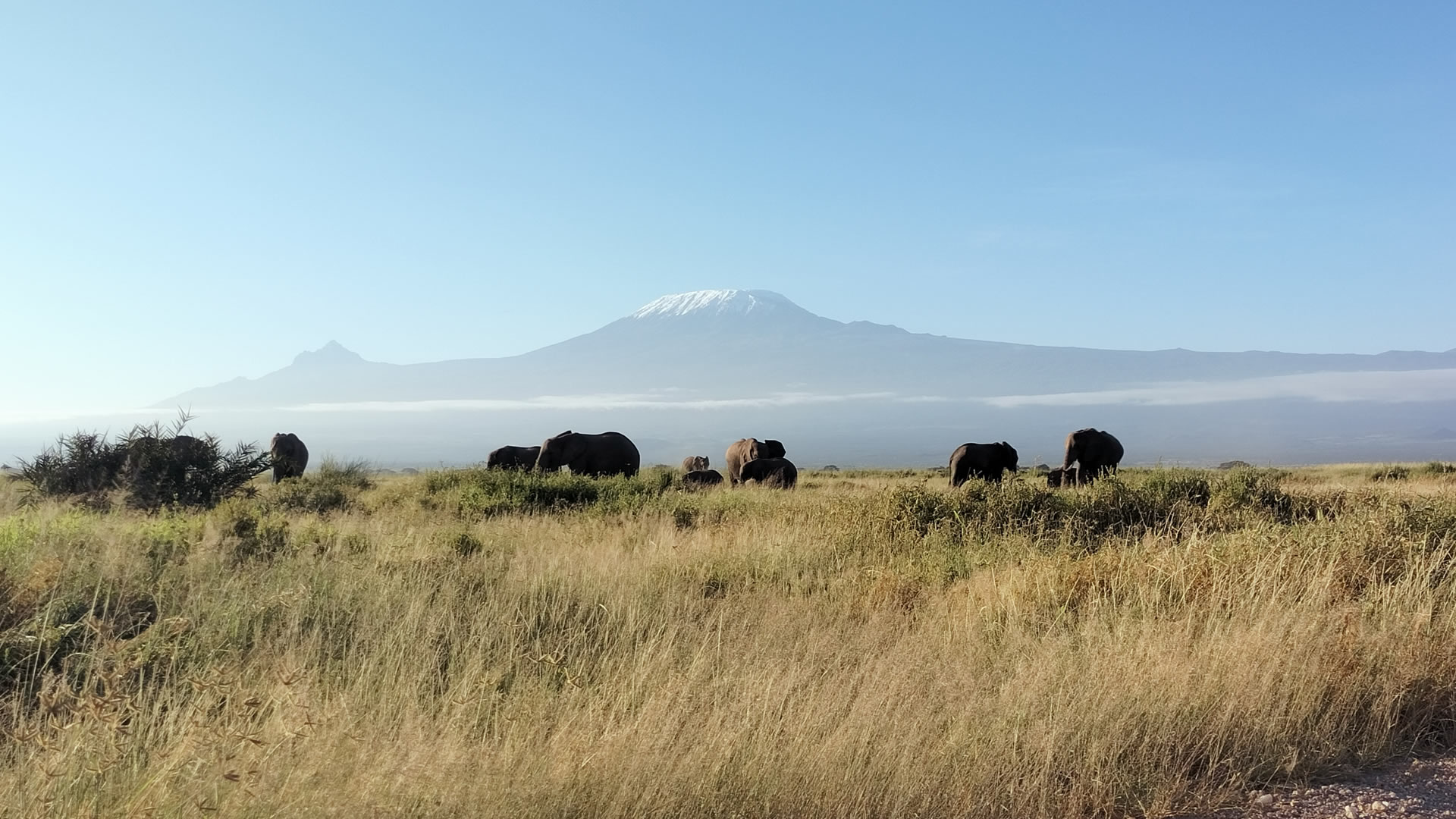Kilimanjaro National Park
Towering high above Tanzania at 5,895 metres, Mount Kilimanjaro is the highest mountain in Africa and the highest free-standing mountain in the world. For many visitors to Africa, climbing Mt Kilimanjaro is a once-in-a-lifetime challenge. The climb takes in muddy rainforests, unique high-altitude plants and alpine meadows before finally arriving at the glacier-coated summit. Standing tall above the savannahs of East Africa, Mt Kilimanjaro (5,895m/19,340ft) is an icon of Africa. Once an active volcano, the last seismic activity recorded at Kili dates back more than 200 years, and there have been no major eruptions in over 100,000 years. The most famous pictures of Kili are taken from the Amboseli National Park in Kenya, although the majority of summit hikes begin in Tanzania. The summit climb is not technical, Kili has a slow incline which makes it accessible even for less experienced hikers. The summit hike typically takes 6-8 days. If you are more limited on time, there are shorter hikes that don't take you to the summit.
Locate the Kilimanjaro National Park
Getting There
The town of Moshi is traditionally the starting point for climbing Kilimanjaro. It is also possible to start from Arusha, known as the safari capital of Tanzania. Arusha is about 2 hours away from Moshi. If your trip is in combination with a safari to the north, staying in Arusha can be a good option. Both towns are only a short distance from Kilimanjaro Airport (JRO). You can easily reach Kilimanjaro Airport from Europe with a stopover in Amsterdam (KLM), Addis Ababa (Ethiopian Airlines) or Doha (Qatar Airways).
From the airport your arranged driver will pick you up and transfer you to your hotel. Based on traffic, which can get hectic in Tanzania, this will take around 45 minutes. Arusha can experience quite the rush hour in the evenings, but this is all part of the pole pole (‘slowly slowly’) lifestyle in Tanzania.
Best time to visit
The fewer clouds, the better your vision from the summit will be. Seeing the mountain scale up behind Moshi is an impressive site when there is little cloud coverage. We recommend waking up early to get the best views. The rainy season in Tanzania is twice a year, from the end of March to the end of May, and again from November to mid-December. The wet ground and clouds make for difficult trekking and less vision at the summit.
The best conditions are in January and February, as well as August and September, although any time outside the rainy season will work well. March and October offer less crowded hikes as people fear the rains could come early. The period right after a rainy season can also hinder vision as clouds can often linger for much longer. Sometimes you are just out of luck and the weather will be too bad to even attempt to summit.

